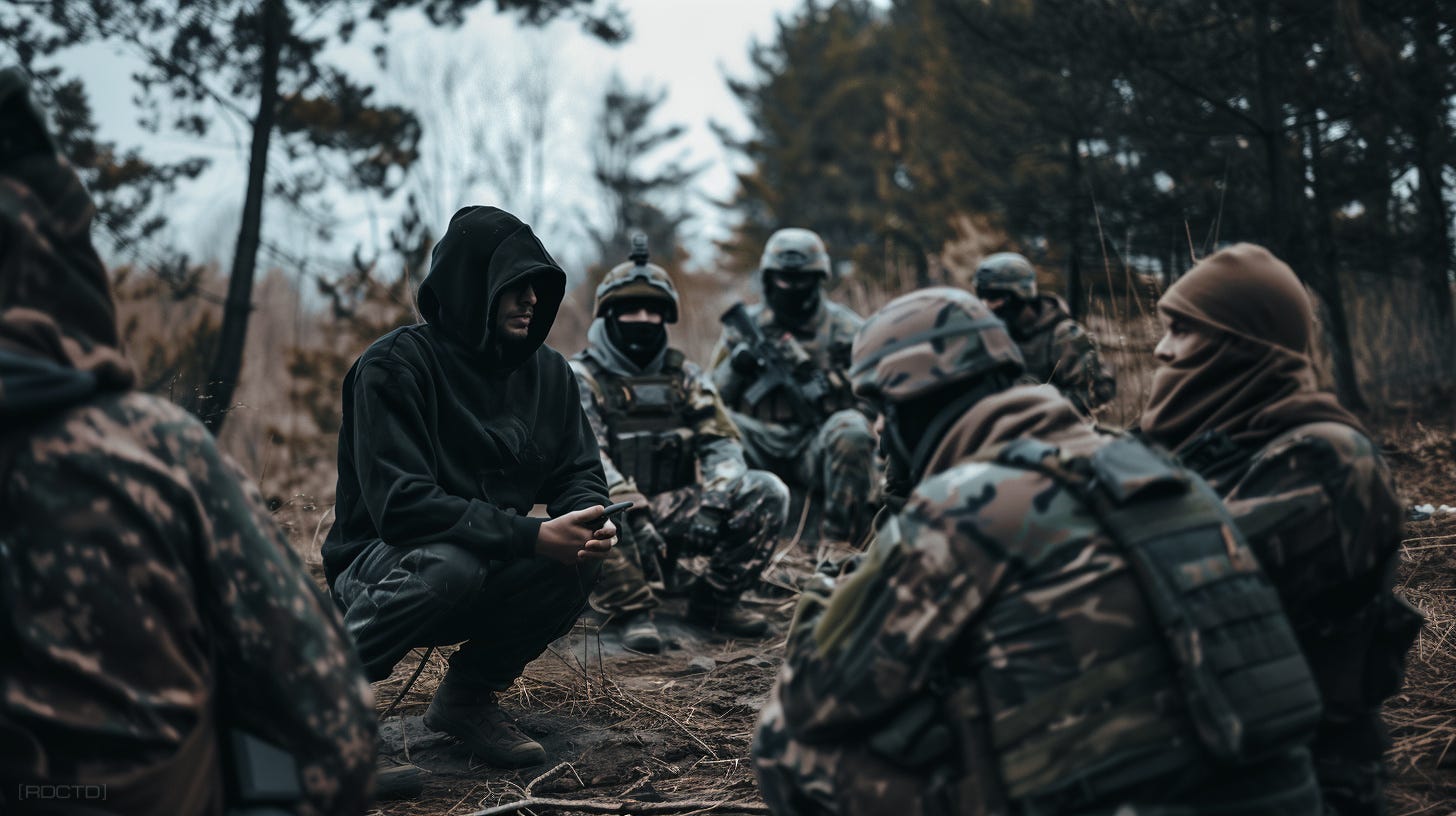Reading Group Dynamics: Understanding Collective Behavior
Understanding group dynamics is crucial for operatives in both operational planning and real-time decision-making. Group dynamics refer to the interactions and behaviors among members of a group, including how they communicate, make decisions, and influence each other.
Analyzing these dynamics allows operatives to predict group behavior, identify potential threats, and exploit weaknesses.
The first step in reading group dynamics is identifying the leaders within a group. Leaders often emerge naturally and hold significant influence over the group’s actions and decisions. Observing who speaks the most, who others listen to, and who makes final decisions can reveal the informal hierarchy within the group.
Leaders may not always hold official titles but can be recognized by their ability to sway opinions and mobilize the group. Pinpointing these individuals is critical for operatives, as influencing or neutralizing leaders can have a cascading effect on the entire group.
Understanding group cohesion is another vital aspect of analyzing group behavior. Group cohesion refers to the strength of relationships and the sense of solidarity among group members. High cohesion typically means that the group works well together and is resistant to external pressures.
Low cohesion, on the other hand, indicates a lack of unity, making the group more susceptible to division and manipulation. Indicators of cohesion include the frequency and quality of interactions, shared goals, and mutual support among members. For an operative, assessing cohesion can determine the group’s resilience and identify opportunities for disruption.
Detecting underlying tensions or conflicts within a group is essential for anticipating potential breakdowns or shifts in behavior. Tensions can arise from personal rivalries, conflicting interests, or external pressures. These conflicts may be overt or subtle, requiring keen observation to identify. Signs of underlying tension include passive-aggressive behavior, frequent disagreements, and members forming sub-groups or alliances.
Recognizing these signs allows operatives to predict when a group might fracture or turn against itself, providing strategic advantages in both planning and execution.
Finally, real-time decision-making relies heavily on accurate and dynamic analysis of group behavior. Situations can change rapidly, and an operative must be able to quickly reassess group dynamics and adjust strategies accordingly. This includes monitoring changes in leadership, shifts in cohesion, and the emergence or resolution of conflicts.
Effective real-time analysis ensures that operatives can respond to threats, exploit opportunities, and maintain control over evolving situations.
Reading group dynamics involves identifying leaders, understanding group cohesion, and detecting underlying tensions or conflicts. Mastering these elements allows operatives to anticipate group behavior, make informed decisions, and achieve operational objectives with precision.
By honing these skills, operatives can navigate complex social landscapes and exert influence with greater efficacy.



